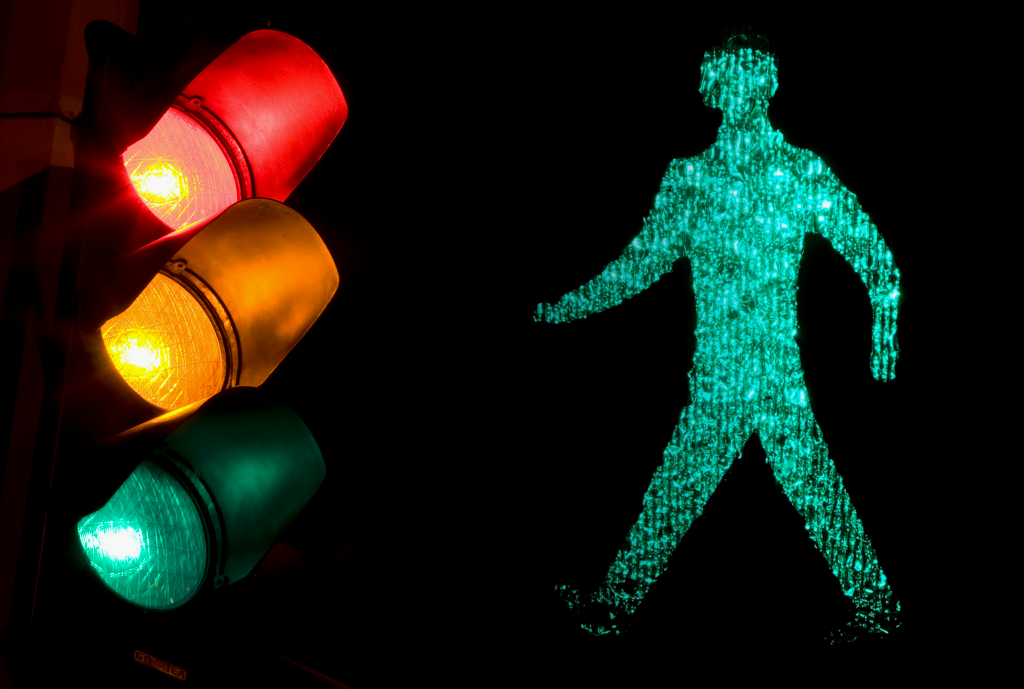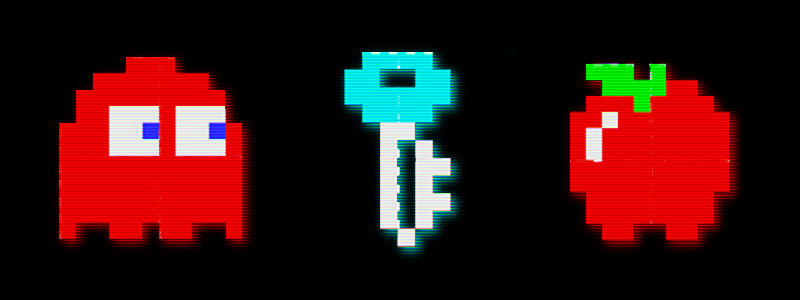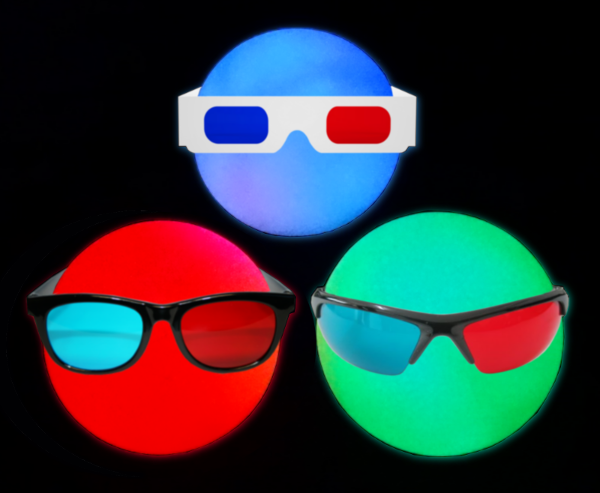This month has seen the latest demo from Maze Car begin its orbit around the internet. You can listen to the juicy new demo here, and look forward to capturing it when it goes on general release, with a partner track, later in the year. However, there will be a pause in the output from Maze Car in the near term as we divert our producer’s attention to some exciting projects with new artists!
We also have plans to set free some previously unreleased tracks by Voxel veterans Varjak, so this year promises to be a celebration of old and new. Watch this space for details!
So, what music have we discovered this month? Well, the world of underground electronica has never been so diverse as it is today. We searched for a common theme, but the tracks on the playlist this month are great examples of abstract songwriting that doesn’t need a pigeon hole to call home …
Psyop by summon.exe is driven by its shuffling rhythm of plastic swing and rubbery-filtered synths. The squelchy notes are close and boxy, but also melodically adventurous to the point that the track becomes beautifully unpredictable. Within the various timbres, there are nods to synthwave, acidic trip hop and glitchy chip tune that altogether make this a long, varied and stimulating listen. This is definitely music that you can’t pin down, but why bother when you can enjoy it bouncing all over the room …?
So New by Pleasance House is an ambient enigma that opens with a fast-paced percussive bass melody beneath a dreamy vocal. The softly glitched rhythms of nut-like timbres pepper the arrangement, along with a merry bedlam of granular vocal samples. As the madness subsides, the track glides into a more traditional acoustic guitar riff and spacious vocal delay. The acoustic licks take over for this middle section, before we are returned to the vocal snippets and soft, pacey percussion. Dreamy and refreshing folktronica epics live in harmony at Pleasance House.
Presently by Azuaverian opens up with trippy rhythms from acoustic percussion. Simple scales and delays accumulate in layers, and a shy vocal is harnessed by reverb, deep within in the mix. The lyrics are hard to isolate, but they exude a hidden beauty, like trying to catch a butterfly, before the track disassembles itself, layer by layer, into the original snare percussion. Much of Charlotte Koch’s work builds complex, implicit melodies from simple layers of percussive instruments, so if you are in search of some therapy from aural acupuncture, why not give this a try?










